Lincoln Lab
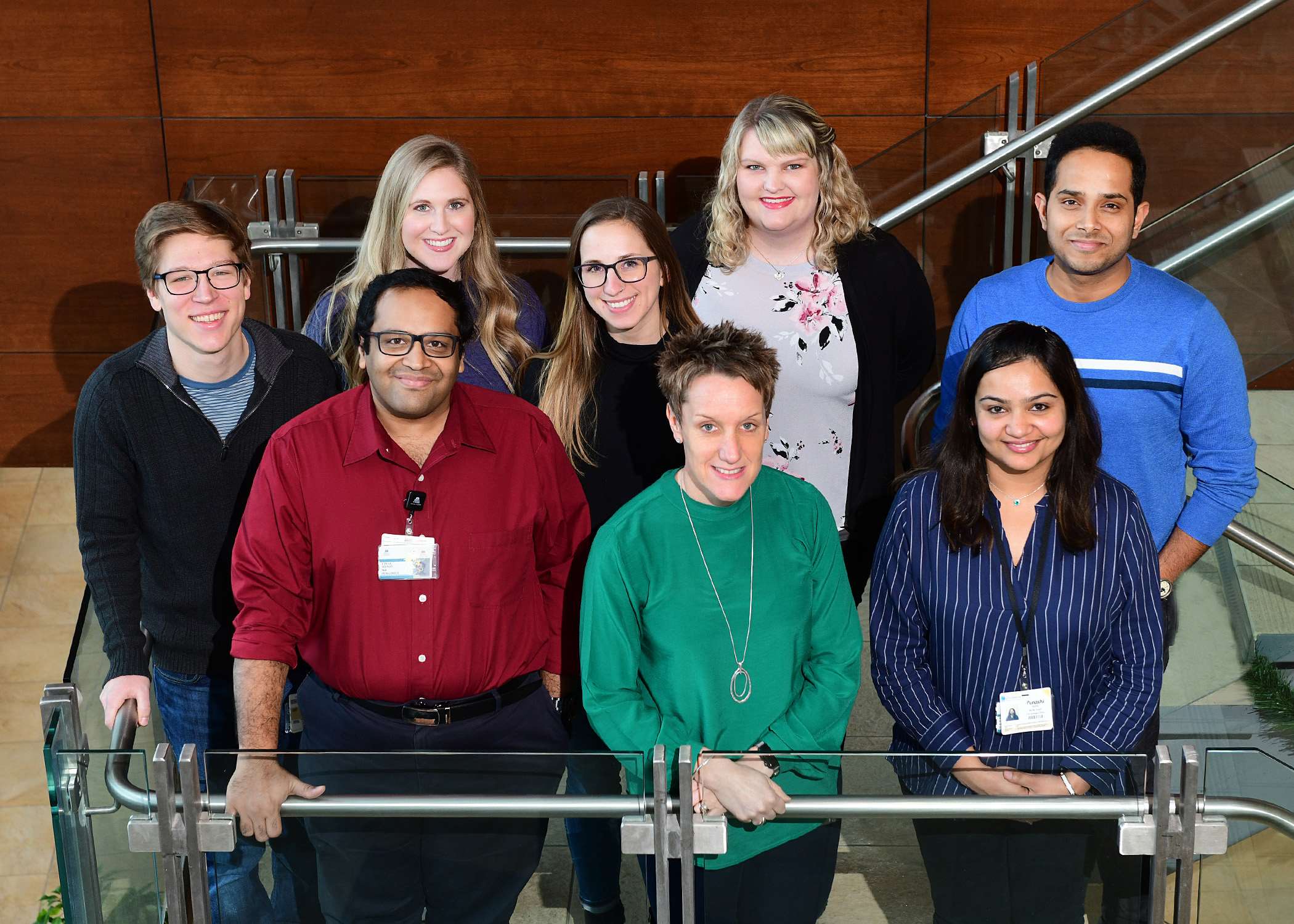
The formation of heart valves is a complex process involving multiple molecular pathways that modulate growth and morphogenesis of delicate, and highly organized leaflets. Alterations in these genetic networks during valvulogenesis frequently lead to congenital valve defects present at birth, including bicuspid aortic valve in 1-2% of the population. In addition to developmental defects, valve disease can be acquired and complications such as myxomatous degeneration and calcification are thought to arise from age-related ‘wear-and-tear’ or exposure to pathological stimuli.
Despite the clinical significance, the regulatory pathways required for normal heart valve development and adult maintenance are largely unknown, and therefore we are unable to explain the etiology of congenital and acquired valve defects. To address this, my laboratory has established sophisticated tools to examine the molecular regulation of these processes in elegant model systems. Our long-term goal is to define the pathophysiology of heart valve disease and utilize these findings to develop alternative therapeutic strategies beyond surgical intervention.
Our Team
 Joy Lincoln, PhD, FAHA
Joy Lincoln, PhD, FAHA
Position: Principal Investigator
Peter Sommerhauser Chair in Quality, Outcomes and Research
Professor Pediatrics, Medical College of Wisconsin
Director of Cardiovascular Research, Herma Heart Institute, Division of Pediatric Cardiology, Children’s Wisconsin
Education: PhD in Molecular and Developmental Biology, University of Durham, England
Post Doctoral Fellowship, Cincinnati Children’s Hospital Medical Center
Fun Fact: Joy can deadlift 300 lbs!
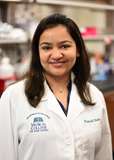 Punashi Dutta, PhD
Punashi Dutta, PhD
Position: Postdoctoral Researcher
Education: PhD in Cell and Molecular Biology, University of South Florida
Masters in Biotechnology, University of Rajasthan, Rajasthan, India
Bachelors in Biotechnology, University of Rajasthan, Rajasthan, India (2006)
Research: Punashi received an American Heart Association Postdoctoral Fellowship to understand the mechanisms involved in the occurrence and advance of calcification of the aortic valve. This occurs due to changes in the valve cells during ageing that become osteogenic (bone-like) and leads to appearance of rock-hard calcium-rich nodules on the surface of the valve making it difficult to open and close (stenotic valve). Understanding these mechanisms is essential to develop therapeutic routes for calcific aortic valve disease for which there are only surgical treatment options available. Punashi is working on exploring the therapeutic potential of utilizing nuclear export inhibitory drugs to treat calcification.
Fun fact: Punashi loves being a Mom!
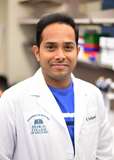 Madhav Karthik Kodigepalli, PhD
Madhav Karthik Kodigepalli, PhD
Position: Research Scientist I
Education: BS in Biosciences Sri Satya Sai Institute of Higher Learning, India
MS in Biotechnology Sri Satya Sai Institute of Higher Learning, India
PhD in Cell and Molecular Biology University of South Florida
Research: Karthik is currently studying the molecular mechanisms involved in mitral valve development and pathogenesis. Specifically, determining the function and significance of the basic Helix-Loop-Helix (bHLH) transcription factor scleraxis (Scx), in mitral valve prolapse (MVP) and myxomatous valve degeneration.
Fun Fact (s): Karthik loves music, cooking and eating, and his hobbies include playing his daughter, singing, playing guitar and videogames (yes, still!!)
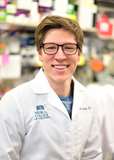 Sean Lein, BS
Sean Lein, BS
Position: Graduate Student, Molecular, Cellular, and Developmental Biology Graduate Program, The Ohio State University
Education: BS, University of Delaware
Research: Sean’s PhD thesis work focuses on the transcription factor Sox9 and its role in valve development. Currently, Sean is working to determine the function of Sox9 in the valve interstitial cell population during post-natal valve maturation.
Fun fact: Sean has a motorcycle license!
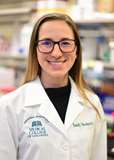
Emily Nordquist, BS
Position: Graduate Student, Molecular, Cellular, and Developmental Biology Graduate Program, The Ohio State University
Education: BS, Johns Hopkins University
Research: Emily received a Predoctoral Fellowship from The American Heart Association to develop a mouse surgical model to study the way the aortic valve responds to injury. By understanding how to therapeutically promote regeneration and repair, we can reduce the need for surgical valve repair or replacement.
Fun Fact: Emily ran track (400m dash) in college!
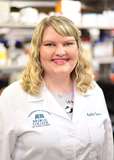 Kaitlyn Thatcher, BS
Kaitlyn Thatcher, BS
Position: Research Associate / Lab Manager
Education: BS, The Ohio State University
Research: Kaitlyn is working on understanding how individual components of the extracellular matrix contribute to the structure and function of cardiac valves. The goal of this project is to identify early mechanisms of pathogenesis that can be therapeutically targeted to halt disease progression.
Fun Fact: Kaitlyn enjoys aerial yoga!

